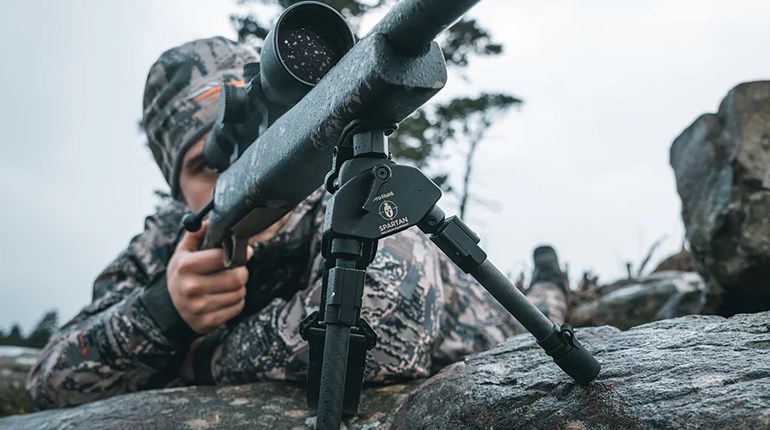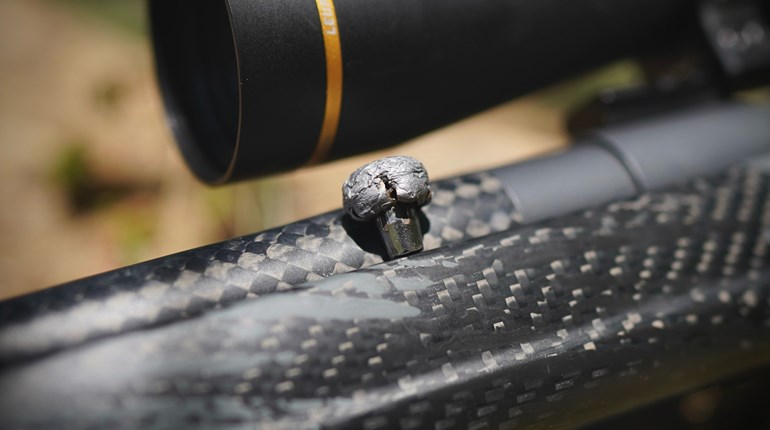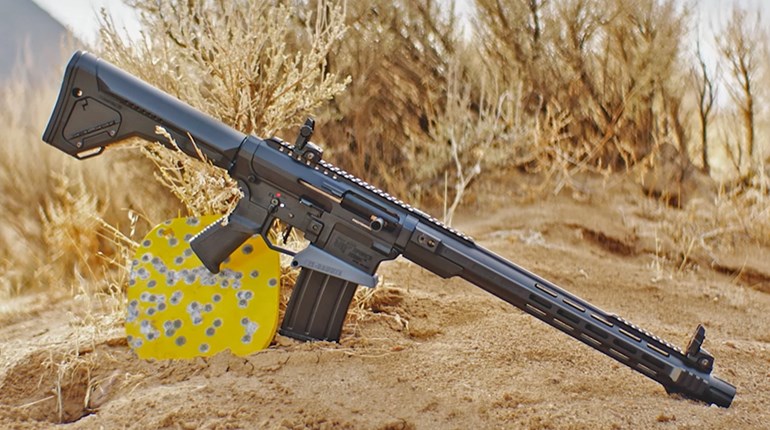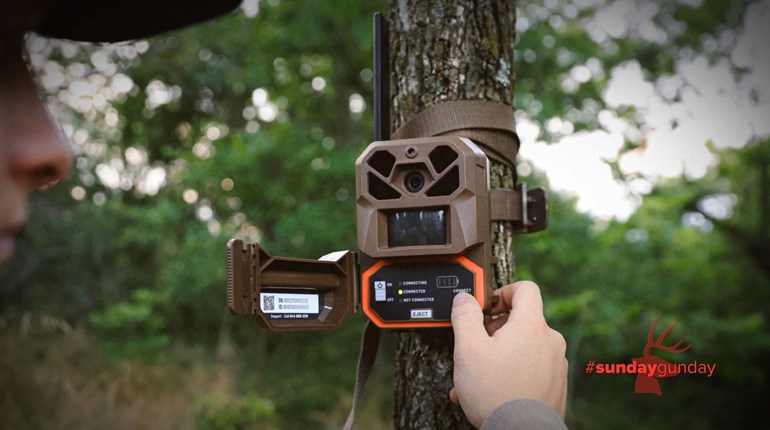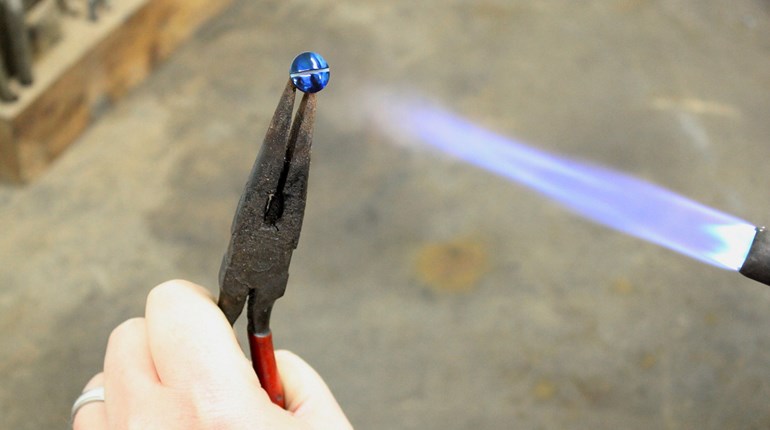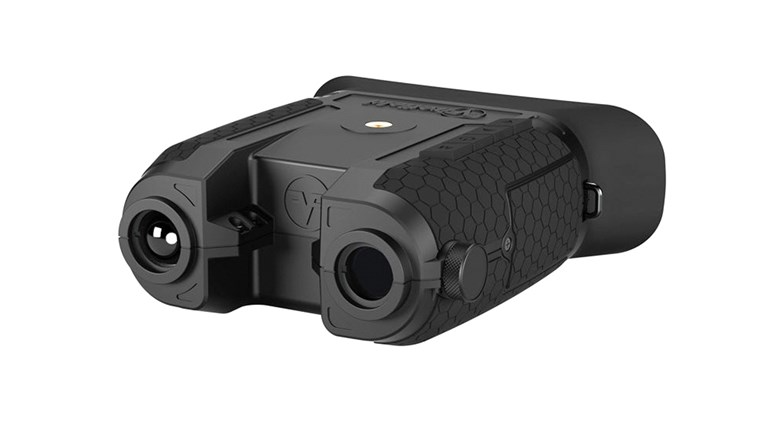
When it comes to iconic deer rifles, the Savage Model 99 lever-action rifle is assuredly on the list of classic designs. With a rotary magazine, the rifle could be chambered for rimless cartridges which used spitzer projectiles, including Savage’s own excellent .300 Savage. And despite the cartridge having celebrated its 100th birthday in 2020, it remains a sound choice as a big-game cartridge—especially in the woods of the Eastern United States.

Once a common sight among the annual sight-in ritual before the opening day of deer season, seeing a .300 Savage in the wild has become a rare thing, though my pal Steve Darling still takes his 99 so chambered afield each season. It has the distinction of influencing the military’s switch from the .30-06 Springfield to the .308 Winchester/7.62x51 NATO, and very nearly got that very job. It was, at one point in time, touted as an all-around North American big game cartridge, suited for taking even the biggest bears. While I might argue that there are better tools for the largest mammals, the .300 Savage is respectable cartridge, which possesses the needed velocity and energy values for a quick, humane kill within reasonable hunting ranges. It was chambered not only in the aforementioned Savage Model 99, but in numerous bolt-action, autoloading and pump rifles.
For those unfamiliar with the .300 Savage, it will appear to be a shortened .308 Winchester, with a steeper shoulder. It was based on the .250 Savage case, slightly shortened and necked to hold .308-inch-diameter bullets. Being specific, the .300 Savage uses the same .473-inch-diameter rim of the .30-06 Springfield and the Mauser family, with minimal body taper. The case measures 1.871 inches, with a maximum cartridge overall length of 2.600 inches, meaning it will easily fit in any modern short-action receiver. The headspacing is handled by a steep 30-degree shoulder—compared to the .308 Winchester’s 20-degree shoulder—and the case neck length is minimal at 0.221 inches, much less than the commonly desired one-caliber in length. The case doesn’t offer a ton of capacity—and the velocities will reflect that—but the .300 Savage is actually a well-balanced design, and impressive for a lever action rifle which reigned supreme a century ago.

The original 150-grain load left the muzzle at 2700 fps, designed to match the velocity of the .30-06 Springfield, and the heavier 180-grain load trundled along at 2350 fps. While the heavier load generated just over 2,200 ft.-lbs. of energy, at closer, ‘iron-sight’ shooting ranges, it handled bear, elk and even moose. Those 150-grain projectiles were certainly worthy of deer and similar-sized game, as the trajectory was plenty flat enough for the hunting techniques of the era, offering a trajectory highly similar to that of the .30-06 Springfield. The .300 Savage rifles were generally lighter than those of the Springfield, and it is commonly thought that the smaller case/lighter rifle theory of the 300 Savage had much to do with the evolution of the .308 Winchester.
The .308 Winchester’s popularity has certainly affected the life of the .300 Savage, and it’s understandable why: it betters the Savage velocity and comes closer to the ’06 specs, while its military ties assure the availability even if it didn’t rank among the most popular sporting rounds. But if you happen upon a rifle chambered for the 300 Savage—especially the desirable Savage 99s—you’ve still got a highly useable cartridge. Looking at the availability of factory ammunition for the .300 Savage, you’ll find limited offerings from Federal Premium, Hornady, Remington and Winchester. The majority of these use a 150-grain softpoint, with Federal offering the sole 180-grain load. Hornady has a Superformance load featuring their 150-grain polymer-tipped SST bullet at 2740 fps; with a 200-yard zero, that projectile is 2 inches high at 100 yards, and will print 9 inches low at 300 yards, and 26 inches low at 400 yards, where it still retains over 1,100 ft.-lbs. of energy. The main problem with the factory ammunition is that it isn’t regularly available, and if you are truly serious about using your .300 Savage as your main squeeze, you should really look into handloading.

The 300 Savage runs on a standard large rifle primer—I've had good results with the CCI No. 200 and Federal Gold Medal Match GM210M primers—and the case can be made very happy with adequate charges of a medium burning powder. IMR 4064, Hodgdon’s VARGET, Accurate Arms 2015 or Alliant’s Reloader 15 are all solid choices, but as real estate in the small case comes at a premium, I prefer those powders with the smaller grain structure. I also like a cup-and-core bullet with a shorter ogive, which keeps its weight forward and doesn’t take up much room in the case. A premium bullet, like the Nosler Partition or Speer Grand Slam, will help take full advantage of the .300 Savage’s capabilities, and will have you smiling with your trophy.
In my experience, the .300 Savage isn’t exactly a match-grade target cartridge, but offers more than enough accuracy for hunting purposes. In a proper rifle with a decent trigger and quality optics, MOA accuracy isn’t out of the question, especially with carefully handloaded ammunition. As much as I love and enjoy the .30-30 Winchester, I feel the .300 Savage makes a better choice for general hunting purposes, and while the world may be enraptured with the fastest magnum loaded with the sleekest bullet available, beware a hunter who can sit still, or who knows how to stalk, and gets within range with his .300 Savage.
Looking for previous installments of our "Behind the Bullet" series? We've got you covered.
• .400 H&H Magnum
• .358 Winchester
• .318 Westley Richards
• .35 Remington
• .405 Winchester
• .350 Remington Magnum
• 400 Legend
• .17 Winchester Super Magnum
• 350 Legend
• .303 British
• 26 Nosler
• 6mm Remington
• .270 Winchester Short Magnum
• 360 Buckhammer
• 30 Nosler
• 7-30 Waters
• .370 Sako Magnum
• .17 HMR
• 6.5 Weatherby RPM
• .327 Federal Magnum
• .450 Bushmaster
• 7mm PRC
• .275 Rigby
• .340 Weatherby Magnum
• .416 Ruger
• 27 Nosler
• .257 Roberts
• 7mm Weatherby Magnum
• .300 PRC
• .350 Rigby Magnum
• .450 Nitro Express
• .17 Hornet
• 7mm STW
• 6.8 Western
• .375 Ruger
• .223 Remington
• 6.5x55 Swedish
• .416 Remington Magnum
• .300 Winchester Short Magnum
• 28 Nosler
• 6.5 PRC
• .22 WMR
• .458 Winchester Magnum
• .22 Hornet
• .280 Ackley Improved
• .240 Weatherby Magnum
• .458 Lott
• .264 Winchester Magnum
• .348 Winchester
• 33 Nosler
• .260 Remington
• .30-30 Winchester
• .416 Rigby
• .358 Norma Magnum
• .22 LR
• 7mm-08 Remington
• 8mm Remington Magnum
• .338 Federal
• .224 Valkyrie
• .338-06 A-Square
• 9.3x62mm Mauser
• .257 Weatherby Magnum
• .45-70 Government
• .300 H&H Magnum
• .25-06 Remington
• .30-06 Springfield
• 6.5 Creedmoor
• .300 Remington Ultra Magnum
• 7mm Remington Magnum
• .470 Nitro Express
• .280 Remington
• .300 Winchester Magnum
• .270 Winchester
• .222 Remington
• .45 ACP
• .404 Jeffery
• .44 Remington Magnum
• .41 Remington Magnum
• .243 Winchester
• .338 Winchester Magnum
• .357 S&W Magnum
• 6.5-284 Norma
• 8x57 Mauser
• .38 Smith & Wesson Special
• 7x57mm Mauser
• 9mm Luger
• .35 Whelen
• .454 Casull
• .375 H&H Magnum
• .45 Colt
• .22-250 Remington
• 10mm Auto
• .308 Winchester













